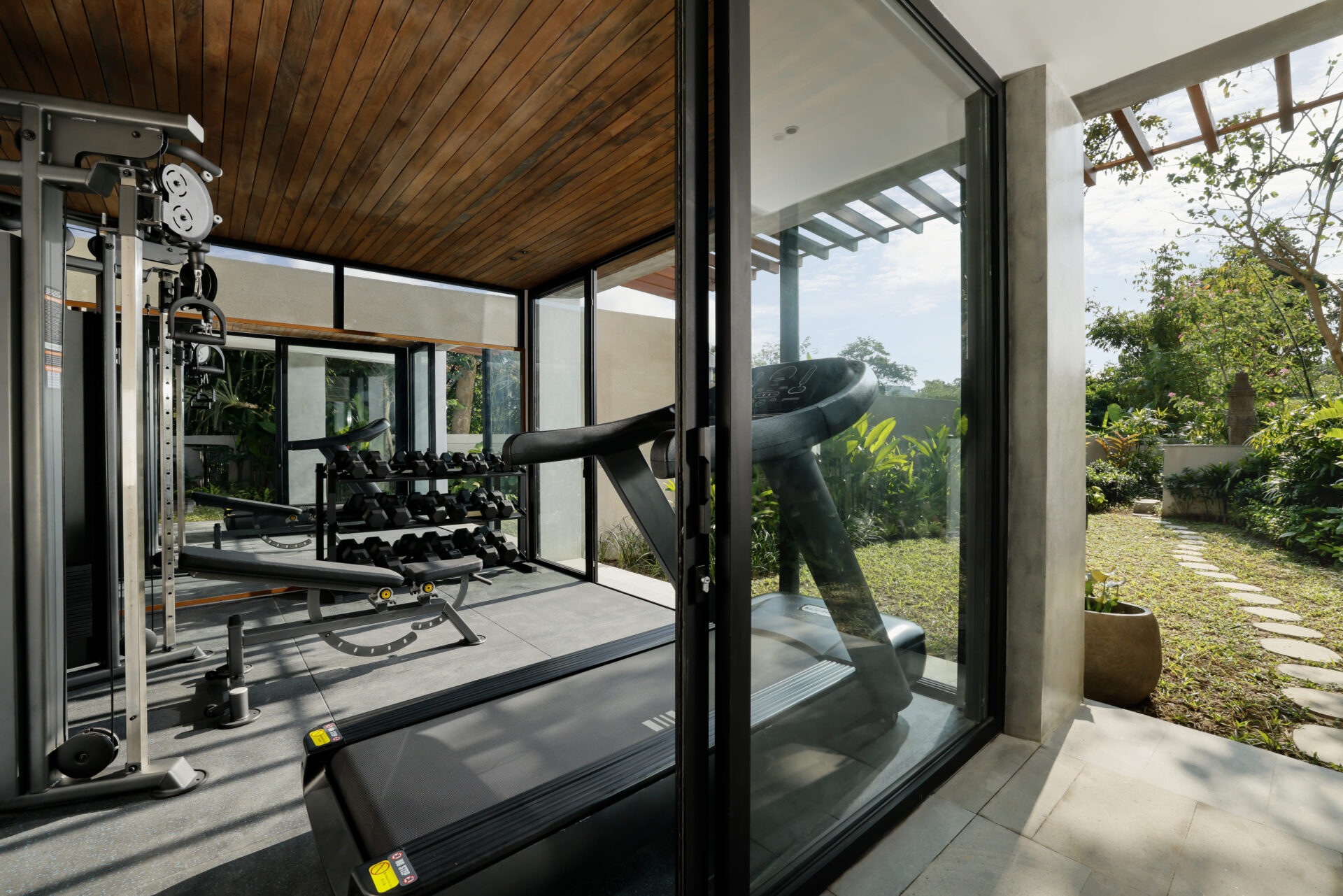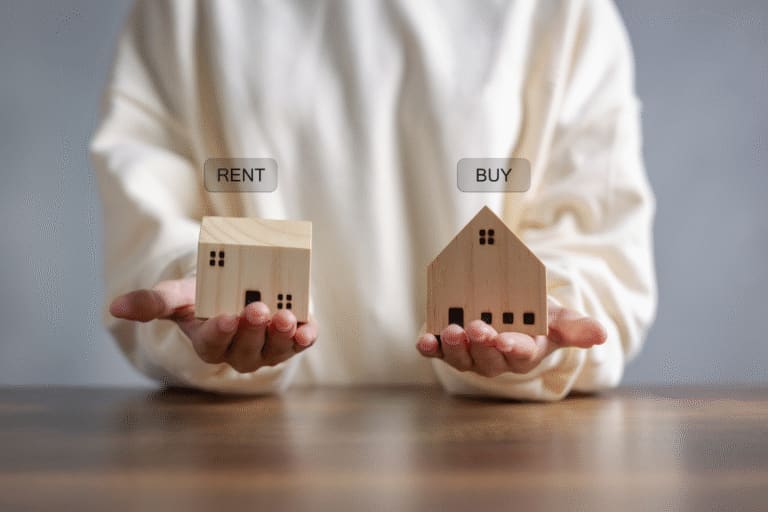In recent years, Bali’s property market has witnessed a notable transformation. What was once dominated by short-term rental villas catering to the tourism industry is now experiencing a growing shift toward residential villa development — long-term homes designed for full-time living rather than transient stays.
This change reflects not just market adaptation, but a deeper evolution in how both investors and residents view Bali’s future. The island is no longer just a holiday destination — it’s becoming a long-term home for many.
1. Changing Demographics of Bali’s Residents

Bali’s population dynamics have changed dramatically since the pandemic. What started as a temporary haven for remote workers and digital nomads has evolved into a steady influx of long-term expatriates, families, and entrepreneurs who are choosing to settle down.
Unlike the pre-2020 era when visitors would stay for a few weeks or months, many now seek residential comfort and community — secure neighborhoods, private gardens, family-friendly layouts, and proximity to schools or healthcare. Developers are responding to this demand by building villas that feel like homes, not vacation properties.
2. The Decline in Short-Term Rental Profitability
The hospitality-focused villa model — built around daily or weekly rentals — once offered high returns, especially in popular tourist areas like Canggu, Seminyak, and Uluwatu. However, the market has become increasingly saturated.
With thousands of similar listings on Airbnb and Booking.com, occupancy rates and nightly rates have faced downward pressure. Operating costs, licensing requirements, and competition from branded resorts have further reduced margins.
As a result, many developers are re-evaluating their business models, finding that selling or leasing residential villas provides more stable and predictable income compared to volatile short-term rental yields.
3. Rising Demand for Long-Term Residential
Long-term rentals and owner-occupied villas have become a preferred option for both locals and foreigners seeking stability.
Foreigners who hold long-term stay permits (KITAS or Second Home Visa) are now actively seeking properties that support year-round living — larger kitchens, home offices, proper storage, and greener environments. Meanwhile, local professionals and entrepreneurs are investing in residential villas as permanent homes or secondary residences, especially in upcoming areas like Pererenan, Kedungu, and Tumbak Bayuh.
This long-term mindset has inspired developers to design projects with durability, comfort, and sustainability in mind — rather than quick-turnover hospitality units.
Read also: Everything you need to know about KITAS Indonesia 2025
4. The Influence of Lifestyle and Work Flexibility

Another key driver is the global shift in work culture. With remote work and hybrid setups becoming the norm, many professionals are no longer bound by traditional office spaces. Bali’s lifestyle — a blend of productivity and peace — perfectly suits this trend.
Developers are responding by integrating home-office spaces, community co-working lounges, and wellness amenities into their villa designs. These features cater to residents who work remotely but still seek a balanced, connected lifestyle.
5. Investment Perspective: Long-Term Value Over Fast Profit
From an investment standpoint, residential villas tend to appreciate steadily over time. They attract buyers who value lifestyle and liveability, not just short-term cash flow.
While the short-stay market depends on fluctuating tourism cycles, residential properties provide consistent rental income or resale potential. Investors are realizing that stability and asset growth often outweigh the allure of short-term profits.
Additionally, developers who pivot to residential projects benefit from lower operational burdens — fewer staff, lower maintenance intensity, and reduced regulatory exposure compared to hospitality operations.
6. Emerging Locations and Market Opportunities
This trend has also opened up opportunities in emerging neighborhoods beyond Bali’s main tourist hubs. Areas like Seseh, Cemagi, and Tabanan are witnessing a rise in residential villa communities designed for long-term occupancy.
These regions offer more spacious land, greener surroundings, and a sense of privacy — while still being accessible to central Bali. Developers focusing on these locations can position themselves ahead of the next growth wave, as infrastructure and lifestyle amenities continue to expand westward.
The shift from hospitality to housing marks a new chapter in Bali’s property evolution. As the island matures beyond its tourism-dependent identity, developers are recognizing that the future lies in community-driven, sustainable, and long-term residential living.
For investors, this transition presents a unique opportunity: to tap into a market that blends Bali’s timeless beauty with the stability of modern living.
Whether for families seeking permanence, digital professionals craving balance, or investors pursuing reliable growth — Bali’s residential villas are quickly becoming the new face of paradise.
Read also: Bali Property 2025: Still Southeast Asia’s Top Investment Spot



